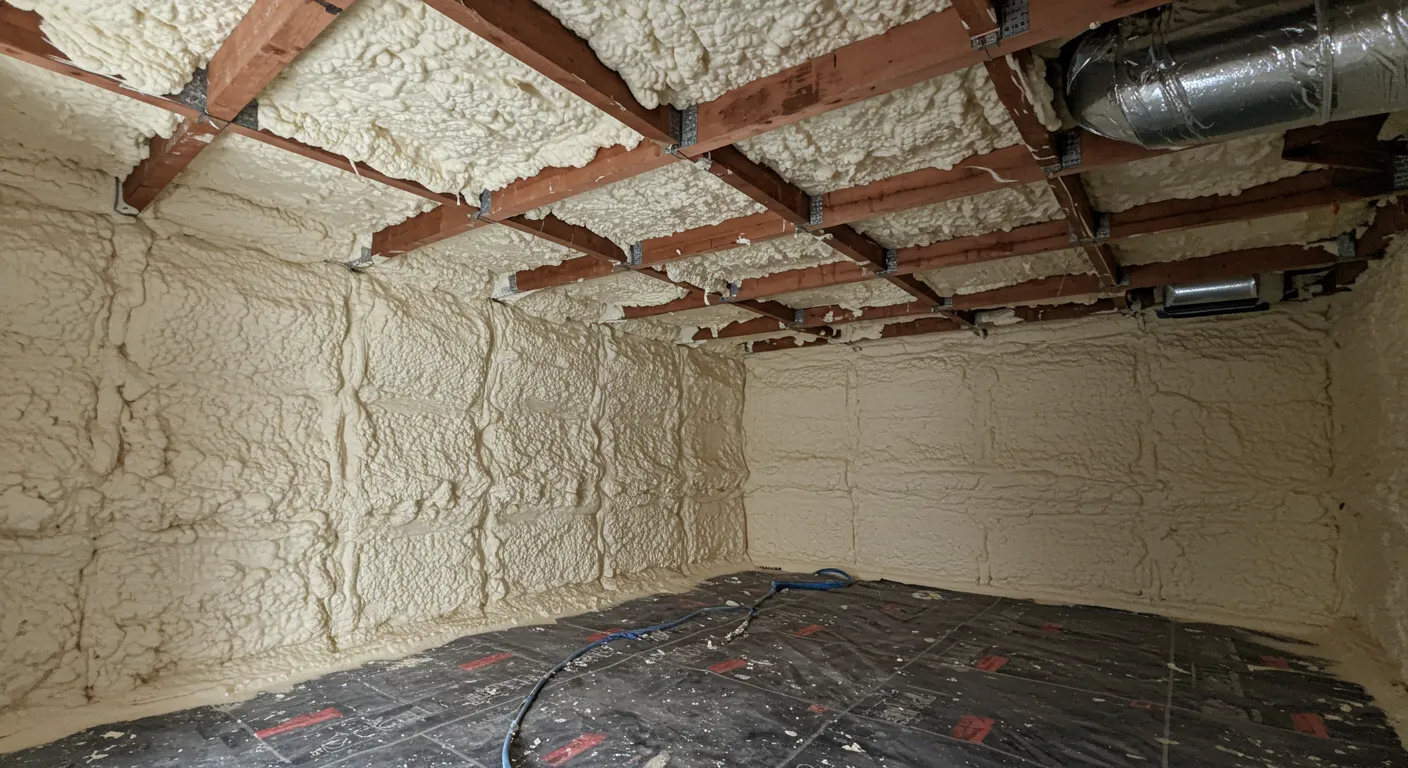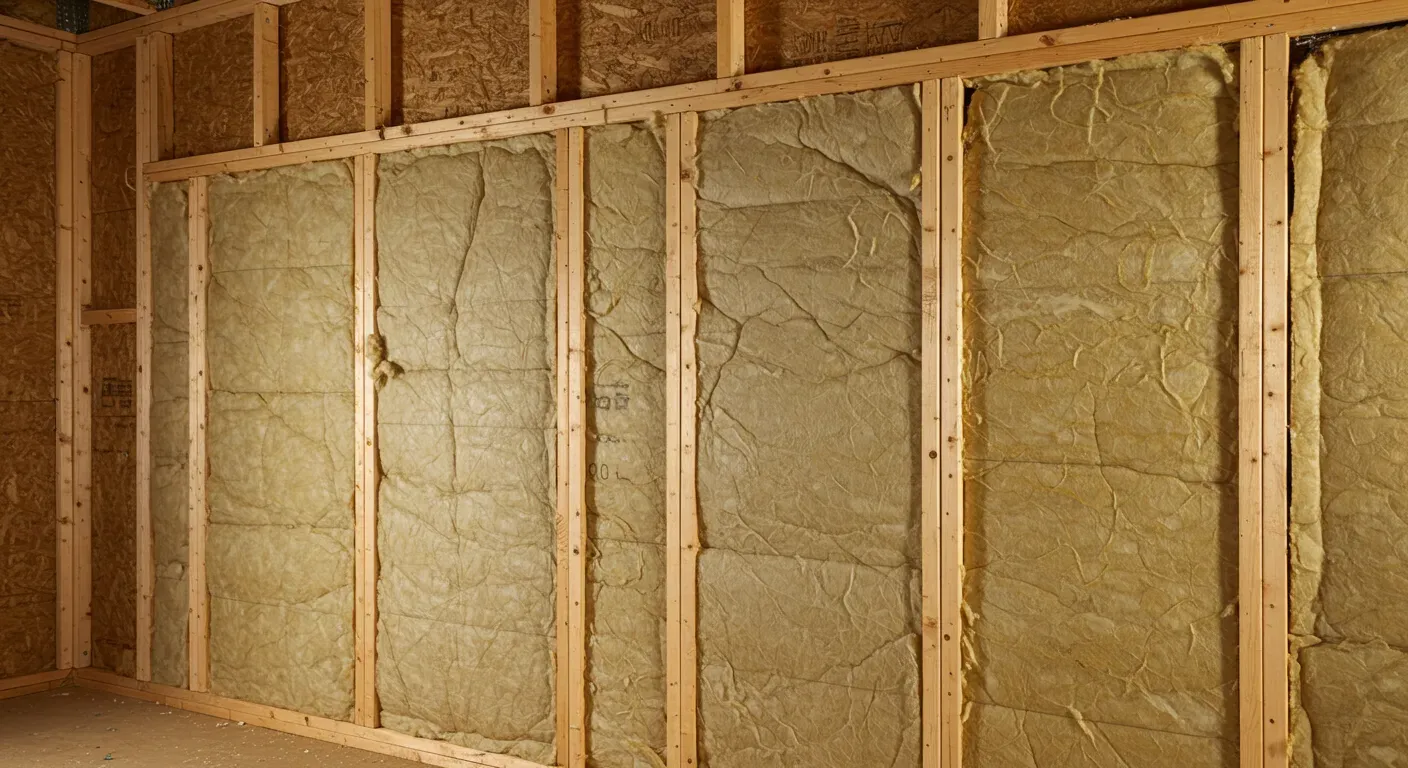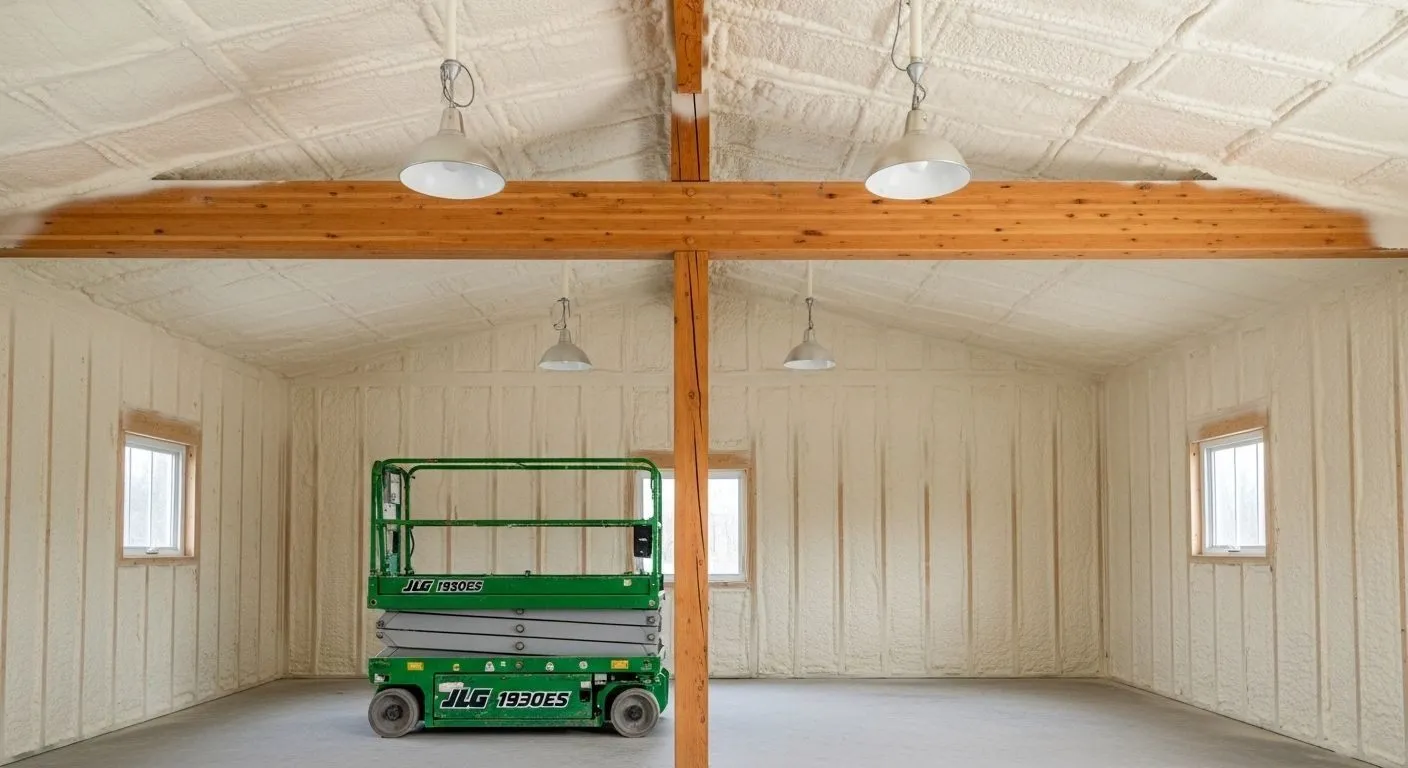

Looking to improve energy efficiency and comfort in your Seattle home?
With our wet winters and cool nights, Seattle homes lose the most energy through attics, crawl spaces, and poorly insulated walls. At Cascadia Spray Foam, we specialize in targeting these problem areas using high-performance spray foam insulation that works perfectly for Pacific Northwest homes.
This guide explains where spray foam makes the biggest difference—and how our team ensures long-term energy savings and moisture control in every Seattle installation.
Seattle’s rainy winters and mild summers call for insulation that can manage moisture and maintain consistent indoor temperatures. Spray foam’s air sealing and moisture resistance make it ideal for:
The attic can account for up to 25% of energy loss if not insulated properly.
Best Practices:
Bonus Tip: Adding insulation here can cut heating bills by 15–20%.
Many Seattle homes have vented crawl spaces that allow cold air and dampness to seep in.
Why It Matters:
Insulation Tip: Closed-cell spray foam adds structure and acts as a vapor barrier.
Spray foam can be retrofitted into wall cavities, especially beneficial for older Seattle properties.
Advantages:
Seattle basements often suffer from high humidity and leaks. Spray foam prevents mold and adds comfort.
What to Know:
An uninsulated garage can radiate cold into adjacent rooms.
Benefits of Insulating:
| Area | Energy Impact | Moisture Protection | Recommended Foam Type | Cost Effectiveness |
|---|---|---|---|---|
| Attic | High | Moderate | Open or Closed Cell | Excellent |
| Crawl Space | High | High | Closed Cell | Excellent |
| Exterior Walls | Medium | Low | Open Cell | Good |
| Basement | Medium | High | Closed Cell | Very Good |
| Garage | Low to Medium | Low to Medium | Either (based on use) | Moderate |
| Foam Type | R-Value per Inch | Air Seal | Moisture Barrier | Ideal Use Locations |
|---|---|---|---|---|
| Open-Cell | R-3.5 to R-3.8 | Yes | No | Attics, walls, and soundproofing |
| Closed-Cell | R-6.0 to R-7.0 | Yes | Yes | Crawl spaces, basements |
Improper ventilation in attics or crawl spaces can trap moisture. Ensure your home’s airflow design supports foam installation.
Seattle City Light and Washington State offer insulation rebates. Check if your home qualifies before installation.
Many pre-1980s Seattle homes weren’t built with insulation in mind. Retrofits may require minor wall or siding modifications.
Bonus Tip: Get a blower door test to locate air leaks before choosing areas to insulate.
Strategically installing spray foam insulation in key areas like attics, crawl spaces, and basements can transform your Seattle home’s comfort and energy performance. Let Cascadia Spray Foam of Seattle, specializing in energy-efficient insulation solutions for Pacific Northwest homes, help you take the first step. Contact us for a free insulation assessment today!
Cascadia Spray Foam of Seattle also recently announced its press release about expansion of its spray foam insulation services.
(425) 386-3500
[email protected]
Start with a free assessment we identify energy loss hotspots like attics and crawl spaces.
Yes, especially with wall cavity injections and attic retrofits. We specialize in both.
Closed-cell is denser and moisture-resistant; open-cell is better for soundproofing.
Not usually, but we may recommend avoiding certain rooms for a few hours. We’ll always advise based on your home’s layout.
Most projects are completed in 1–2 days, depending on the size and number of areas insulated.


